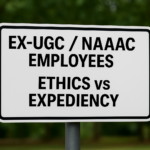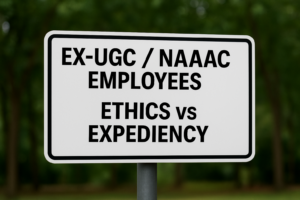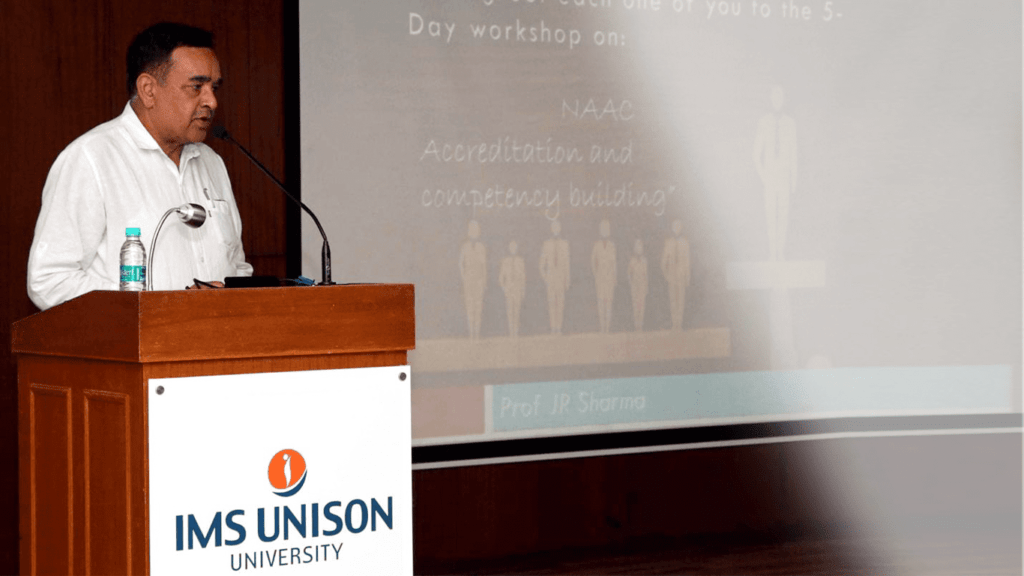After all, why would NAAC include a metric that all most guarantee’s 100 Marks to an Institute? It doesn’t help in graded evaluation. Moreover, the purpose of NAAC is not to preach but assess and evaluate a practice.
For example, (a) teachers using ICT for teaching (b) courses having focus on employability/entrepreneurship/skill development (c) number of programs with either CBCS or elective system (d) institute having stated code of ethics, and so on.
While you celebrating this generosity of NAAC, be equally worried too. SSR embodies other flaws as well which can adversely impact an institute for none of its fault. There are a few metrics where even the most eminent institute would score 1% or below, (e.g. differently-able students admitted out of the total admissions).
Unfortunately (not a sound practice), NAAC SSR formula doesn’t reflect your score on each metric. It tells you a percentage. Well it could perhaps be presumed that a percentage score of 100% would mean a full score. But what about score of 1% by most institute, as in the case of differently-abled students? To score 100% in this criteria, an institute will be required to stop admission of all fit students and admit only differently-abled category students. Doesn’t this sound funny?
There are myriad issues with the NAAC’s online verification and validation process. It is quite easy for institutes to circumvent if they wish and attain higher grade than they deserve. All an unethical-based institute needs to do, is to cook-up essential data and upload exactly the same in the AISHE portal and in the extended profile of the NAAC. DVV team will have no other means to verify accuracy of the data. It may therefore be wise to mandate additional responsibility to the visiting peer team to selectively undertake a physical verification of specific data where the DVV team feels the institute be put to test.
Institutes are required to provide e-mail of students to NAAC for an online survey that carries a huge weightage. How does NAAC ensure an authenticity of e-mail id? How does it further ensure that the students don’t get tutored by the institutes to fill-in answers of all 21 questions? We should dispense with this practice or find a solution that ensures fair play and transparency.
It may still be OK to have a system of this online data submission for a ranking system. However, an accreditation is a far more robust and credible system. In the leading accreditations bodies of the world, namely ABET, AACSB and others, they depute mentors, team chairs and consultants to verify and validate the data and ensure correct submission, besides assisting institutes in developing competence and capacity for the accreditation. No one leaves the accreditation process for a free fall!
Founder, CEO JR Sharma is an expert in the accreditation systems and processes. The views expressed are personal.












